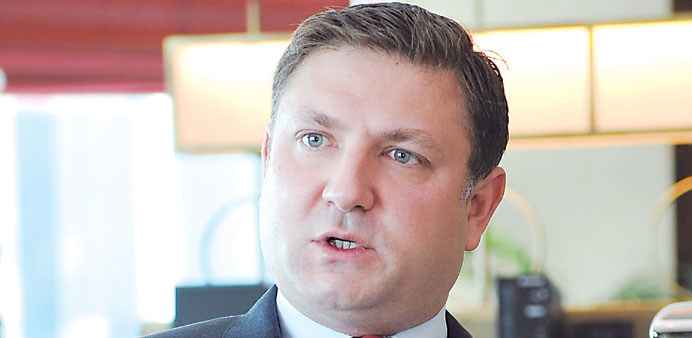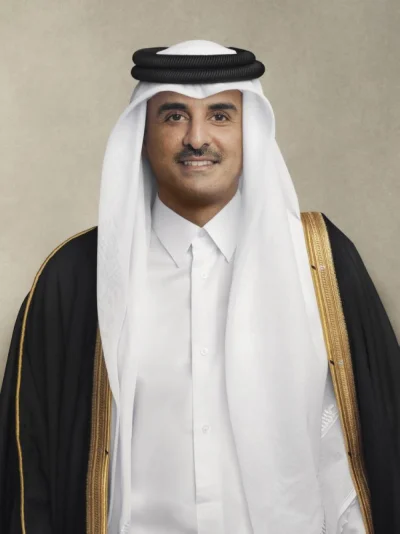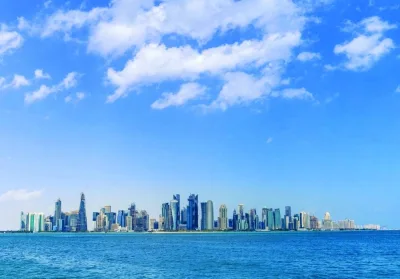Qatar’s banking industry will not have major capitalisation issues to deal with from the introduction of the new Basel III capital accord, while more “guidance” is expected from the central bank, according to global credit rating agency Standard & Poor’s (S&P).
“Qatar will not have major issues on the capitalisation side,” S&P associate director ratings analytical (financial institutions) F Timucin Engin told Gulf Times in an exclusive interview.
Qatar’s banking system has sound capitalisation, with a capital adequacy ratio of 19%, far above Basel requirements, QNB has said in its Qatar Economic Insight 2013.
The Qatar Central Bank (QCB) last month sent a draft circular to banks on new Basel III capital rules, which build on the Basel I and Basel II documents and seek to improve the sector’s ability to deal with financial and economic stress, improve risk management and strengthen banking transparency.
The QCB circular, which included requirements for issuance of instruments such as hybrid bonds, is aimed at a quantitative impact assessment, which will form the basis for its decision.
“We need to see bit more guidance from the central bank,” Engin, however, said.
Lenders in Qatar have been waiting for the QCB guidance on how debt instruments such as hybrid bonds will be treated under the new Basel standards, which will be introduced in a phased manner across the world over the next several years.
Commercial Bank has reportedly picked two banks to arrange a bond issue to boost its core capital; while Doha Bank said it might sell a hybrid instrument as part of its plans to increase capital by 50%.
The original Basel III from 2010 was supposed to require banks to hold 4.5% of common equity (up from 2% in Basel II) and 6% of Tier I capital (up from 4% in Basel II) of risk-weighted assets.
It also introduced a mandatory capital conservation buffer of 2.5% and a discretionary counter-cyclical buffer, which would allow national regulators to require up to another 2.5% of capital during periods of high credit growth.
The liquidity coverage ratio (LCR) is one of the Basel committee’s key reforms to strengthen global capital and liquidity regulations with the goal of promoting a more resilient banking sector.
Specifically, LCR will be introduced as planned on January 1, 2015, but the minimum requirement will begin at 60%, rising in equal annual steps of 10 percentage points to reach 100% on January 1, 2019.
“Overall we are generally comfortable with the capitalisation of Qatari banks,” Engin said.
Domestic banks have not only high capitalisation but also their core earnings generation is generally high, which can add up to their base, giving it much leeway for participating in the mammoth infrastructure upgrade being undertaken in the country, according to him.
Qatar is expected to spend about $150bn over the next few years for the upgrade of its infrastructure facilities as part of measures to diversify its economy, of which bulk of the revenues now come from the hydrocarbon sector.
However, Engin said Qatar’s Islamic banks may resort to debt capital more actively over the next few years and raise longer-term funding as the contractual maturity of the deposits collected by these banks is very short term, whereas the lending tenors are substantially longer.
Accessing the debt capital markets more frequently, in S&P’s view, should diversify the Qatari Islamic banks’ funding profiles.
About 65% of the Islamic banks’ total balance sheet is funded with customer deposits, whereas another 18% is funded with shareholders’ equity.
Credit off-take has been slow as there have been some delays in awarding large projects in the beginning of this year due to some procedural delays, which according to Engin, will get over soon.
“Although we observed a visible slowdown in lending in the first half of 2013 due to administrative delays with certain projects, we expect credit growth to re-accelerate in 2014, when major infrastructure projects start in preparation for Qatar hosting the 2022 World Cup,” S&P said.
On account of the Qatari government’s large infrastructure and investment projects, the country’s domestic credit grew at a compound average rate of 30.9% between 2006 and 2012, S&P found.
Higher energy prices and increased gas production have funded a large public spending programme, which has driven credit growth and resulted in overall asset gains, according to QNB Group.



